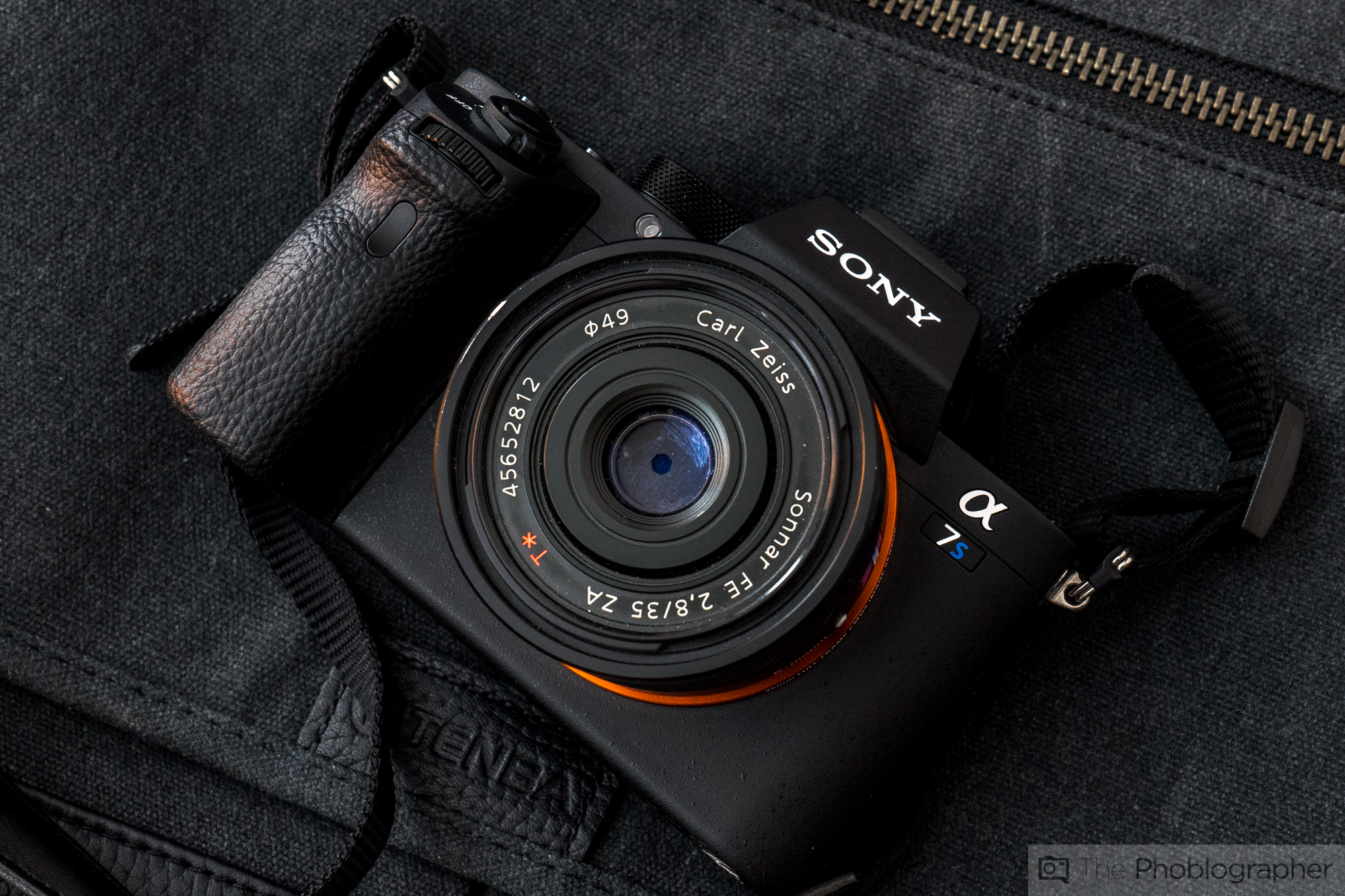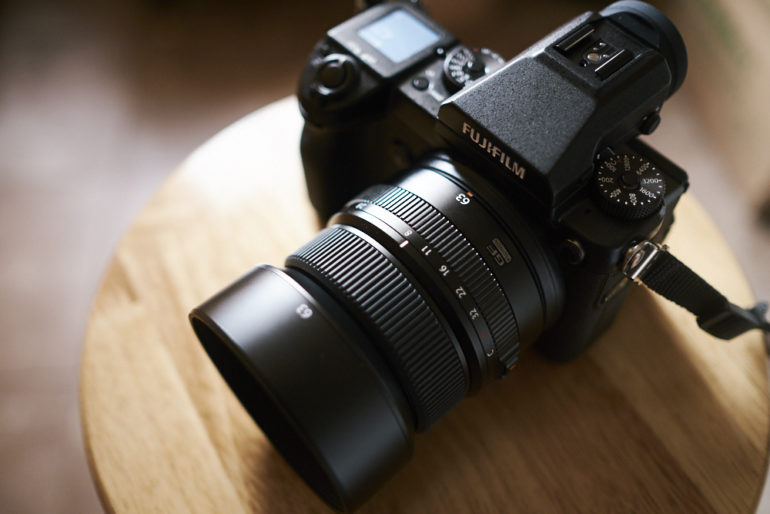Last Updated on 05/12/2017 by Chris Gampat
The idea of a medium format Sony a7s II isn’t really a completely farfetched one when you consider how photography and technology have evolved hand in hand. For years, medium format photography has been stated to be better than 35mm photography–at least in terms of the analog film world. In the digital world though, the two tend to be able to hold their ground with one another due to algorithms, processors, etc. The medium format world has also always been about getting higher megapixels, more emulsion, more details, more surface area, etc. In the film world, it results in grain that could look less unsightly and more pleasing than film typically allows.
So with that said, why can’t a medium format sensor have less megapixels and an incredibly clean high ISO output?
Let’s consider this seriously for a minute. The Sony a7s II takes the absolute cake when it comes to high ISO output. Part of this is due to the 12MP sensor; it sacrifices megapixels and details for higher ISOs and cleaner output than what’s possible with most other cameras. Granted, at a certain level all of the images it produces also look more or less like paintings with no details. But if you did that with a larger medium format sensor, you could do more.

But then what if we went back to creating a 24MP or 36MP medium format sensor? Surely it wouldn’t be able to get as much detail (possibly, except that medium format could theoretically have better lenses), but you’d get some absolutely astonishing dynamic range and high ISO output. These would be ideal in many ways for photojournalists, street photographers, wedding photographers, and other documentary style shooters. These photographers would also still be more than able to create large prints. They could shoot at a higher ISO and get even better output than what is now possible.
It would literally push the boundaries of what’s possible with so many formats of photography in so many ways. One of the biggest problems with most medium format systems is their slower lenses in comparison to the apertures offered in the 35mm full frame format. But that could be compensated for in terms of light gathering abilities with higher ISOs. The depth of field effects should be present in some ways or another.
Couple all of this with great autofocus abilities like these cameras currently have and you’ve got something that’s a serious no brainer and a hit with many photographers out there. The only thing that could make it even better though would be a true 645 sensor, or perhaps something larger like 6×6.
Just imagine it!



